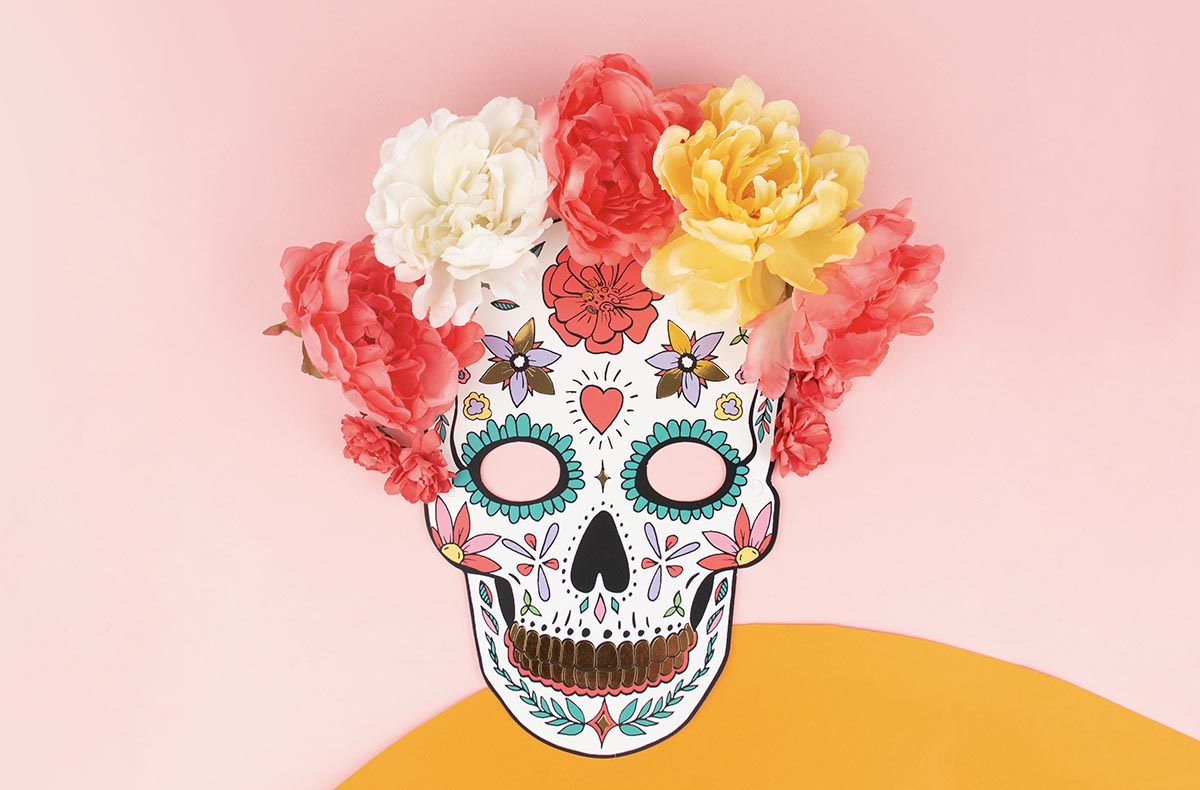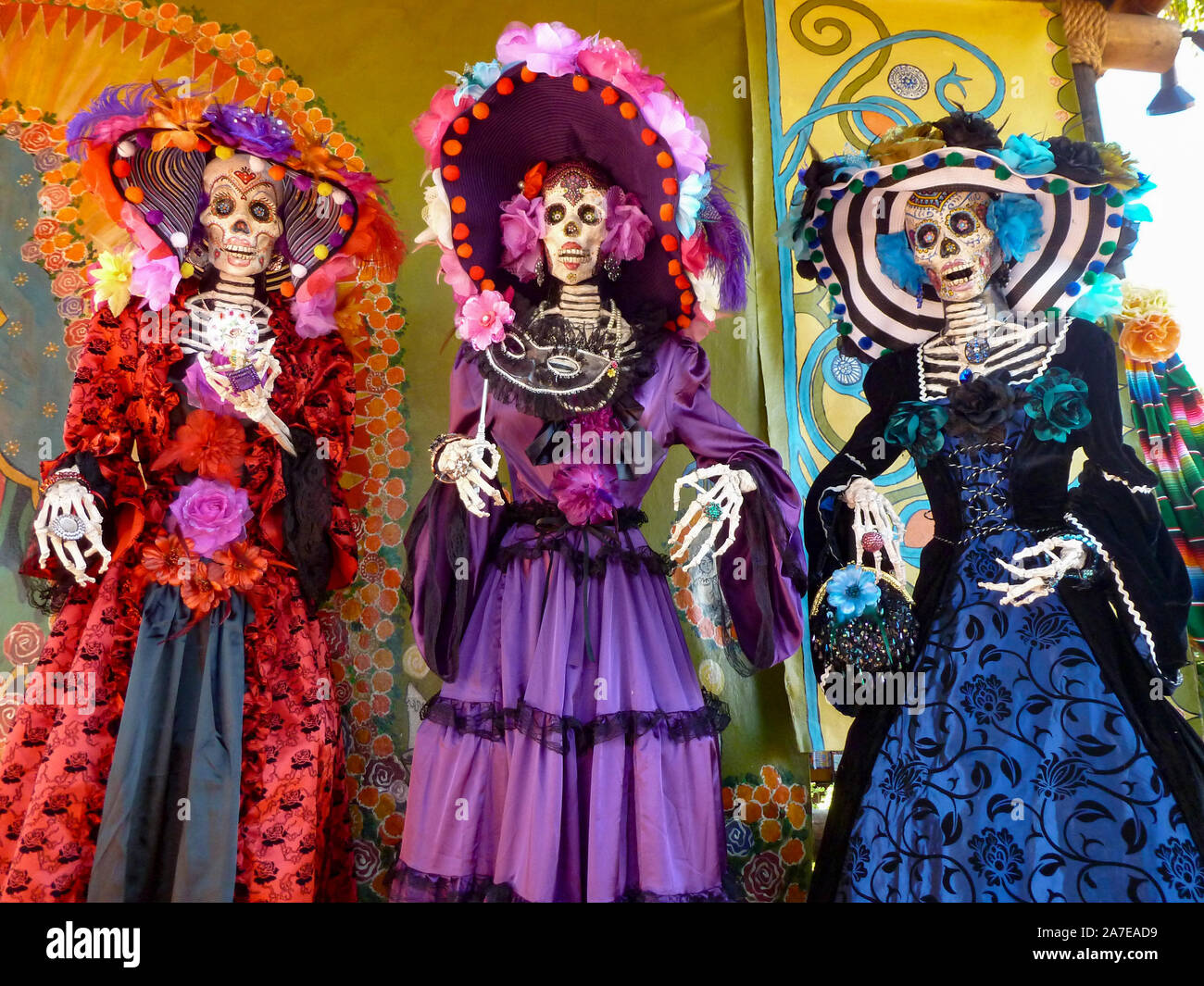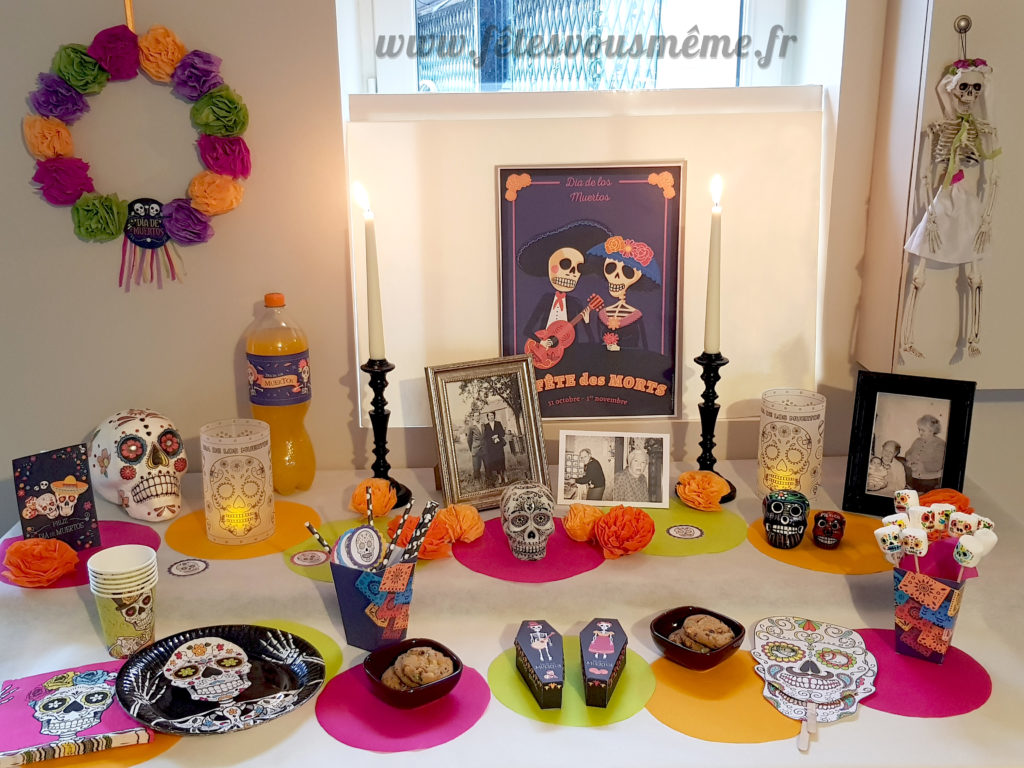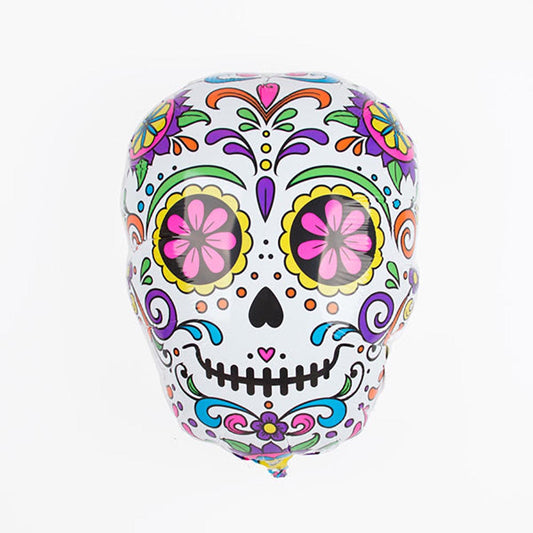As the leaves begin to turn golden and the air gets a bit cooler, a special time approaches for many Mexican families and those who love the culture—Día de Muertos (Day of the Dead). This vibrant celebration is not just a day; it’s a heartfelt festival packed with rich traditions, cultural significance, and, of course, stunning decorations. Having celebrated this day for years with my family, I can attest that the decorations play a pivotal role in honoring our loved ones while adding festive spirit to our homes. In this ultimate guide, we’ll explore everything you need to know about Día de Muertos decorations, from altars to papel picado, so you can create a memorable celebration.
Understanding Día de Muertos
Día de Muertos is a Mexican holiday celebrated on November 1st and 2nd. It is a time for families to come together, remembering their deceased loved ones and celebrating life rather than mourning death. The beauty of this festival lies in its colorful and symbolic decorations that reflect the rich traditions of the culture.
Key Elements of Día de Muertos Decorations
When it comes to decorating for Día de Muertos, there are several key elements to consider. Each element serves a specific purpose and holds significant meaning.
1. Altars (Ofrendas)
Altars, or ofrendas, are the heart of Día de Muertos celebrations. They are crafted to honor family members who have passed away. Here are the essential components:
Components of a Traditional Altar
- Photos: Pictures of the deceased.
- Food and Drink: Their favorite foods and beverages.
- Flowers: Typically marigolds, known as cempasúchil.
- Candles: To guide spirits back home.
- Personal Items: Belongings that remind you of them.
2. Marigolds
These vibrant yellow flowers are a symbol of death and are believed to attract the spirits of the deceased. Marigolds are often used to adorn altars and graves, creating a beautiful and fragrant display.

3. Sugar Skulls (Calaveras)
Colorful sugar skulls represent death in a playful way. Each skull is decorated with bright icing and often has the name of a loved one written on it, signifying that they are remembered.
4. Papel Picado
These intricately cut paper banners add a festive touch to any celebration. They are often displayed around altars and streets, fluttering in the wind and symbolizing the fragility of life.

5. Incense (Copal)
Burning copal incense is a way to purify the space and invite the spirits of the deceased. Its sweet, smoky aroma is an integral part of the celebration.
How to Create Your Own Día de Muertos Decorations
Now that you understand the key elements of Día de Muertos decorations, it’s time to get creative! Here’s a step-by-step guide on how to create your decorations.

Step 1: Build Your Altar
Start by selecting a prominent place in your home. Cover a table with a colorful cloth and set up a tiered structure if possible. Here are some tips:
- Use at least two levels to symbolize the connection between the living and the dead.
- Place a photo of your loved one at the top for prominence.
- Arrange food, drinks, and personal items on the lower levels.
Step 2: Make Sugar Skulls
Making sugar skulls can be a fun activity for the whole family. You can find kits at local craft stores or make them from scratch using sugar, meringue powder, and water. Decorating these skulls with colorful icing brings everyone together and is a great way to remember those we’ve lost.

Step 3: Craft Papel Picado
Papel picado can be made easily at home. Here’s how to create your own:
- Gather colorful tissue paper.
- Fold it in half multiple times and cut out designs (skulls, flowers, etc.).
- Unfold the paper and string them together for display.
Comparison of Popular Día de Muertos Decoration Ideas
| Decoration Type | Description | Pros | Cons |
|---|---|---|---|
| Ofrenda | Traditional altar with food, drinks, and photos. | Deeply personal; honors specific loved ones. | Can be time-consuming to prepare. |
| Marigold Arrangements | Flowers used for decoration and to guide spirits. | Symbolic and visually stunning. | Flowers can wilt quickly if not cared for. |
| Sugar Skulls | Colorful treats that represent the deceased. | Fun to decorate and eat; family-friendly. | High sugar content; not suitable for everyone. |
| Papel Picado | Decorative paper banners with intricate designs. | Inexpensive and easy to make. | Fragile; can tear easily. |

Tips for Displaying Your Decorations
Once you’ve crafted your decorations, it’s essential to display them thoughtfully. Here are some tips:
- Lighting: Use candles to create an inviting atmosphere.
- Placement: Position your altar in a visible place to honor your loved ones.
- Incorporate Personal Touches: Use items that remind you of the deceased to create a more personal connection.
Pros and Cons of Celebrating Día de Muertos with Decorations
Like any celebration, there are pros and cons to consider when decorating for Día de Muertos:
Pros
- Fosters creativity and family bonding.
- Honors and remembers loved ones in a joyous manner.
- Enhances cultural appreciation and awareness.

Cons
- Can be emotionally challenging for some.
- Time-consuming preparation, especially when involving family.
- Cost of materials can add up if purchasing decorations.
Frequently Asked Questions (FAQs)
What is the significance of the sugar skulls in Día de Muertos decorations?
Sugar skulls symbolize the deceased and are decorated in vibrant colors to celebrate their life. They serve as a reminder that death is a part of life.

How can I make my Día de Muertos altar more personal?
To make your altar more personal, include photos, favorite foods, and items that belonged to the deceased. This creates a stronger connection and honors their memory.
Are there specific colors used for Día de Muertos decorations?
Yes, commonly used colors include purple (for mourning), yellow (to represent death), pink (celebration), and white (purity). Each color carries significance within the festival.
Can I celebrate Día de Muertos if I’m not Mexican?
Absolutely! Día de Muertos is a celebration of life and remembrance. Anyone can participate and honor their loved ones in their unique way.